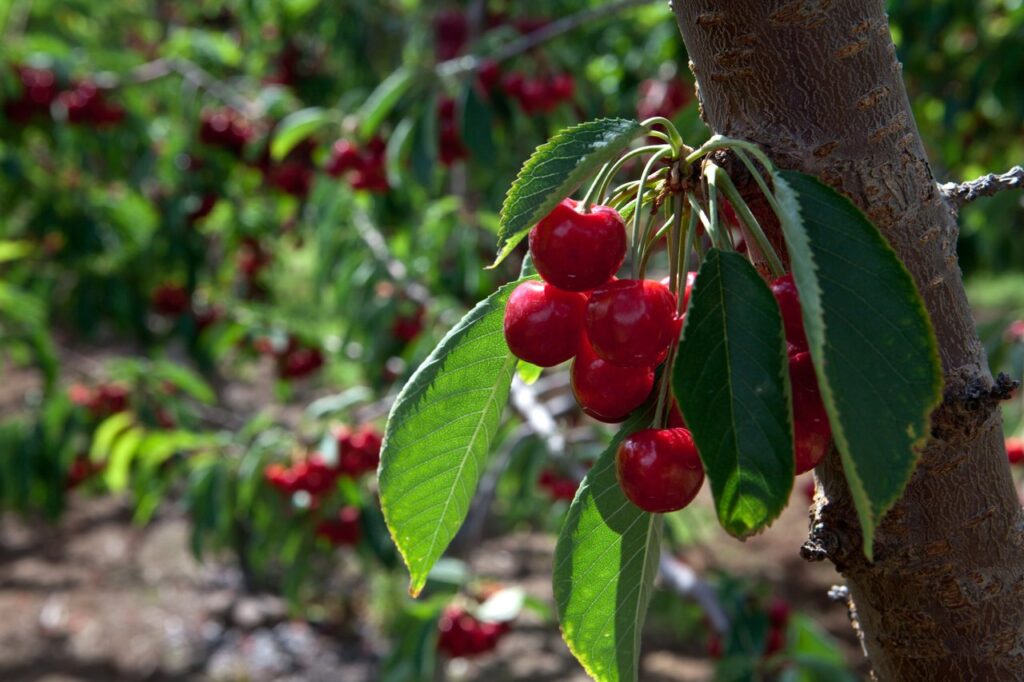About Osoyoos
Nestled in the heart of British Columbia’s Okanagan Valley, Osoyoos is a captivating destination that boasts natural beauty, a rich cultural heritage, and a warm, welcoming community. Known for its stunning landscapes and sunny climate, Osoyoos is home to Canada’s warmest freshwater lake, making it a perfect spot for water-based activities and beachside relaxation.
Osoyoos offers an array of outdoor adventures for nature enthusiasts. From hiking and biking through scenic trails to exploring the unique desert ecosystem at the Osoyoos Desert Centre, there’s no shortage of ways to enjoy the great outdoors. The region is also a haven for golfers, with several championship courses that provide breathtaking views and challenging play.
Agriculture plays a significant role in Osoyoos, contributing to its reputation as a premier wine and fruit-growing region. Visitors can embark on wine tours through world-class vineyards, sample locally produced wines, and savor farm-to-table dining experiences that highlight the area’s fresh, seasonal produce. The abundance of fruit stands and the Osoyoos Farmers’ Market is a testament to the region’s agricultural richness.

Cultural and historical attractions add another layer of depth to Osoyoos. The Nk’Mip Desert Cultural Centre offers an immersive look into the traditions and history of the Okanagan First Nations, while local festivals and events celebrate the town’s diverse heritage and vibrant arts scene.

Whether you’re seeking relaxation, adventure, or a taste of local culture, Osoyoos has something to offer everyone. With its stunning natural surroundings, welcoming atmosphere, and rich tapestry of experiences, Osoyoos is a destination that invites you to explore, discover, and fall in love with its unique, small-town charm, known for Canada’s Warmest Welcome!
History
From the Town of Osoyoos: The name Osoyoos is derived from the Syilx (Okanagan Indian) word soo-yoos, referring to the narrows formed by two spits across the lake. Indigenous peoples have lived here for thousands of years, as evidenced by rock art and an oral tradition explaining their history before Europeans arrived to the valley in 1811.
The first Europeans to Osoyoos were fur traders working for the Pacific Fur Company, an American enterprise. They ventured up the Okanagan River to Osoyoos Lake and farther north. After the Hudson’s Bay Company took over the fur trade in 1821, the Okanagan Valley became a major trade route for supplies to inland forts of British Columbia and furs that were shipped south to the Columbia River and the Pacific to European and Asian markets. The final H.B.C. brigade in 1860 was the end of an era, as gold rushes transformed the economy of the new colony of British Columbia.
Thousands of miners heading to the goldfields and drovers with large herds of livestock crossed the 49th parallel after 1858. A custom house was built in Osoyoos in 1861 with John Carmichael Haynes the tax collector. Haynes was also the first pioneer settler who obtained land along the Okanagan River north of Osoyoos that had been part of the Joint Indian Reserve Commission Osoyoos Indian Reserve in 1877.
Although the fruit-growing possibilities were noticed by the early settlers, it was not until 1907 when the first commercial orchard in the area was established, growing cherries, apricots, peaches, plums, and apples. Osoyoos Orchard Limited was formed in 1920 and an irrigation project was planned which finally brought water to the west bench via “The Ditch” in 1927. The former shrub-steppe environment was transformed into a lush agricultural belt and Osoyoos promoted “ the earliest fruit in Canada.” It was not until the 1960s that grape-growing became established on a large scale. Today, vineyards are a major feature of the landscape.
Osoyoos was incorporated as a Village on January 14, 1946 and became a Town on June 30, 1983. Today, with a population of about 5,000, agriculture and tourism are the community’s largest economic sectors. Osoyoos’ motto today is “Canada’s warmest welcome.” Indeed, Osoyoos has been welcoming visitors for over 200 years. Learn more about local history at The Osoyoos Museum.

Canada’s Desert
From the Osoyoos Desert Centre: Although we receive slightly more precipitation than the typical desert definition, there are a number of other factors that come into play. High evaporation rates from wind, porous soil that drains quickly, and hot summers contribute to the arid conditions here. Our plants and animals are adapted to life in dry conditions, too, which is also a good indication that this is a desert environment.

Are we part of the Sonoran desert? No. The Sonoran desert – which covers portions of Arizona, California and Mexico – does not extend into Canada. Also, the vegetation there is quite different from what we have here. We do share similarities, though, with the plant communities found in the Great Basin Desert.
Are we part of the Great Basin, then? No. Although we have species in common, we are technically not part of that desert either! The Great Basin Desert only goes as far north as Oregon and Idaho. We are, however, the northernmost extension of the Great Basin’s plant communities.
So, what is our desert called? There are several different names for our desert habitat. At the Desert Centre, we typically refer to it as the antelope-brush ecosystem, or a shrub-steppe semi-desert. Regardless of the name, our dry shrub-grassland is one of Canada’s rarest and most endangered habitats.

